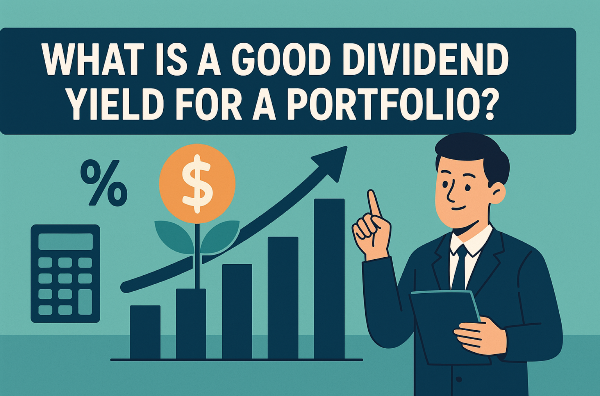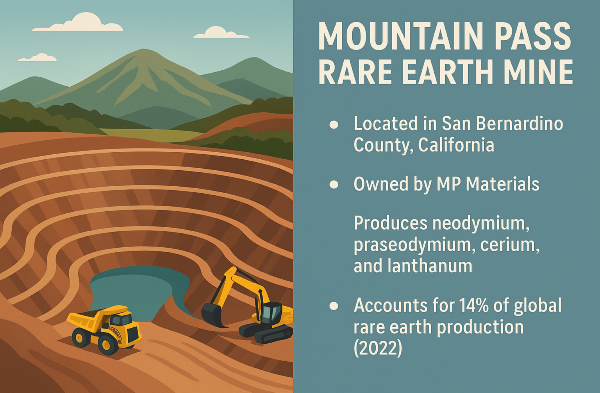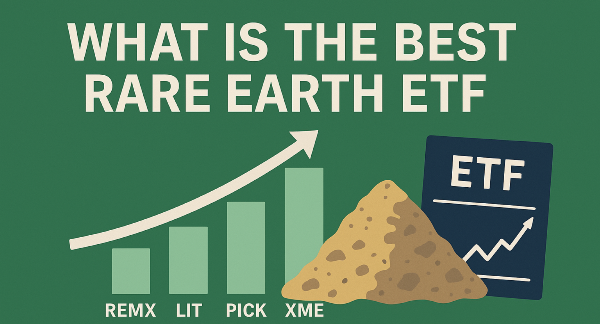Introduction
Ah, dividends! The magical free money companies give you just for owning their stock. Sounds amazing, right? Like, why isn't everyone doing this? Well, hold up, because not all dividend yields are created equal, and blindly chasing high yields is the financial equivalent of running full-speed into a glass door. Dividend investing can be an absolute powerhouse for passive income, but only if you know how to separate actual solid investments from ones that scream, "Warning: impending disaster!"
Understanding Dividend Yield
Let's get the technical stuff out of the way first—dividend yield is just a fancy way of saying "how much cash you're getting back as a percentage of the stock price." Simple formula:
🚀 Dividend Yield = (Annual Dividends per Share / Share Price) × 100
Translation? If a stock costs $100 and pays out $5 per year, the yield is 5%. Sounds good, right? Wrong—maybe. Because dividend yields fluctuate based on the sector, economy, and whether the company is about to keel over from terrible management decisions. Some industries, like utilities, stay steady with reliable payouts, while others, like energy or REITs, look amazing until they inevitably nosedive. If a stock has an absurdly high yield, there's a decent chance it's a trap. Don't fall for it.
What Is Considered a Good Dividend Yield?
Okay, so what’s a “good” dividend yield? It depends. Generally, anything below 2% is kinda weak, 2%–4% is solid, and above 4% can be incredible—or a total dumpster fire. The historical average lands around 2%–3%, so that’s a reasonable expectation.
But here’s where things get messy—different sectors have wildly different standards. Consumer staples and healthcare? Solid but low. Financials and telecom? Bigger payouts, bigger risks. Oh, and don’t forget company size—blue-chip stocks will probably pay reliably, while small growth companies are more likely to hoard their cash and reinvest instead of handing it out.
Factors to Consider When Evaluating Dividend Yield
Time to look beyond shiny percentages and actually evaluate if a dividend is worth your time or an absolute joke:
🔹 Dividend Stability & Growth – If a company has been paying (and increasing) dividends for decades, that’s a great sign. If they’ve randomly doubled their dividend overnight, brace for impact because that’s probably unsustainable.
🔹 Payout Ratio – This tells you what percentage of earnings are going toward dividends. Below 60%? Healthy. Above 90%? That company is either insanely generous or circling the drain.
🔹 Risk vs. Reward – A high yield doesn’t mean free money. It might mean “We’re desperate—please buy our stock.” Always check whether the business fundamentals actually support the yield.
🔹 Economic Cycles & Interest Rates – When interest rates are low, dividend stocks look more attractive. When the economy tanks, expect some dividend cuts. Don't say I didn't warn you.
Balancing Dividend Yield in a Portfolio
Balancing Dividend Yield in a Portfolio
So you don’t want to YOLO everything into high-yield stocks (unless you enjoy financial chaos). Here’s how to not destroy your portfolio:
✅ Diversification – Mix moderate-yield safe bets with higher-yield potential plays to keep things steady.
✅ Total Return Perspective – Dividends are great, but don’t ignore capital growth. A 3% yield with stock price growth beats a 7% yield from a stock that’s going to zero.
✅ Dividend Reinvestment (DRIP) – Take your dividends and buy more shares! It’s like financial compound interest magic, minus the Hogwarts nonsense.
Common Mistakes When Assessing Dividend Yield
🚨 Chasing High Yield – Thinking “the higher, the better”? Congratulations, you just signed up for a lesson in financial regret.
🚨 Ignoring Dividend Sustainability – That 12% yield is either amazing or a trap, and you better find out before the dividend gets cut and you're left holding garbage.
🚨 Not Evaluating Total Return – If the stock price is falling off a cliff, does it even matter how good the dividend is? No, it does not.
Conclusion
Dividend investing is awesome—but only if you play it smart. A “good” dividend yield isn’t just a high percentage, it’s something reasonable, sustainable, and backed by solid financials. Stick to a balanced portfolio, reinvest wisely, and don’t fall for dividend traps, and you’ll be golden. Or, at the very least, not financially doomed.
So, what’s the plan? Ready to build that dividend empire, or are you still wondering if high-yield stocks are just elaborate scams? 👀
🚀 Master Dividend Investing – Your Ultimate Guide 💰
Looking to supercharge your portfolio with dividend stocks? 📈 Check out these essential reads:
🏆 Top Dividend Stocks & Strategies
💰 Passive Income & Dividend Power Moves
🔍 How to Pick Winning Dividend Stocks
📊 Dividend Ratios & Metrics
⚡ Dividend Timing & Tax Strategies
🔗 Bookmark this guide & start your dividend wealth journey today! 🚀💸




























Introduction
Ah, dividends! The magical free money companies give you just for owning their stock. Sounds amazing, right? Like, why isn't everyone doing this? Well, hold up, because not all dividend yields are created equal, and blindly chasing high yields is the financial equivalent of running full-speed into a glass door. Dividend investing can be an absolute powerhouse for passive income, but only if you know how to separate actual solid investments from ones that scream, "Warning: impending disaster!"
Understanding Dividend Yield
Let's get the technical stuff out of the way first—dividend yield is just a fancy way of saying "how much cash you're getting back as a percentage of the stock price." Simple formula:
🚀 Dividend Yield = (Annual Dividends per Share / Share Price) × 100
Translation? If a stock costs $100 and pays out $5 per year, the yield is 5%. Sounds good, right? Wrong—maybe. Because dividend yields fluctuate based on the sector, economy, and whether the company is about to keel over from terrible management decisions. Some industries, like utilities, stay steady with reliable payouts, while others, like energy or REITs, look amazing until they inevitably nosedive. If a stock has an absurdly high yield, there's a decent chance it's a trap. Don't fall for it.
What Is Considered a Good Dividend Yield?
Okay, so what’s a “good” dividend yield? It depends. Generally, anything below 2% is kinda weak, 2%–4% is solid, and above 4% can be incredible—or a total dumpster fire. The historical average lands around 2%–3%, so that’s a reasonable expectation. But here’s where things get messy—different sectors have wildly different standards. Consumer staples and healthcare? Solid but low. Financials and telecom? Bigger payouts, bigger risks. Oh, and don’t forget company size—blue-chip stocks will probably pay reliably, while small growth companies are more likely to hoard their cash and reinvest instead of handing it out.
Factors to Consider When Evaluating Dividend Yield
Time to look beyond shiny percentages and actually evaluate if a dividend is worth your time or an absolute joke: 🔹 Dividend Stability & Growth – If a company has been paying (and increasing) dividends for decades, that’s a great sign. If they’ve randomly doubled their dividend overnight, brace for impact because that’s probably unsustainable. 🔹 Payout Ratio – This tells you what percentage of earnings are going toward dividends. Below 60%? Healthy. Above 90%? That company is either insanely generous or circling the drain. 🔹 Risk vs. Reward – A high yield doesn’t mean free money. It might mean “We’re desperate—please buy our stock.” Always check whether the business fundamentals actually support the yield. 🔹 Economic Cycles & Interest Rates – When interest rates are low, dividend stocks look more attractive. When the economy tanks, expect some dividend cuts. Don't say I didn't warn you.
Balancing Dividend Yield in a Portfolio
Balancing Dividend Yield in a Portfolio So you don’t want to YOLO everything into high-yield stocks (unless you enjoy financial chaos). Here’s how to not destroy your portfolio: ✅ Diversification – Mix moderate-yield safe bets with higher-yield potential plays to keep things steady. ✅ Total Return Perspective – Dividends are great, but don’t ignore capital growth. A 3% yield with stock price growth beats a 7% yield from a stock that’s going to zero. ✅ Dividend Reinvestment (DRIP) – Take your dividends and buy more shares! It’s like financial compound interest magic, minus the Hogwarts nonsense.
Common Mistakes When Assessing Dividend Yield
🚨 Chasing High Yield – Thinking “the higher, the better”? Congratulations, you just signed up for a lesson in financial regret. 🚨 Ignoring Dividend Sustainability – That 12% yield is either amazing or a trap, and you better find out before the dividend gets cut and you're left holding garbage. 🚨 Not Evaluating Total Return – If the stock price is falling off a cliff, does it even matter how good the dividend is? No, it does not.
Conclusion
Dividend investing is awesome—but only if you play it smart. A “good” dividend yield isn’t just a high percentage, it’s something reasonable, sustainable, and backed by solid financials. Stick to a balanced portfolio, reinvest wisely, and don’t fall for dividend traps, and you’ll be golden. Or, at the very least, not financially doomed. So, what’s the plan? Ready to build that dividend empire, or are you still wondering if high-yield stocks are just elaborate scams? 👀
🚀 Master Dividend Investing – Your Ultimate Guide 💰
Looking to supercharge your portfolio with dividend stocks? 📈 Check out these essential reads:
🏆 Top Dividend Stocks & Strategies
💰 Passive Income & Dividend Power Moves
🔍 How to Pick Winning Dividend Stocks
📊 Dividend Ratios & Metrics
⚡ Dividend Timing & Tax Strategies
🔗 Bookmark this guide & start your dividend wealth journey today! 🚀💸